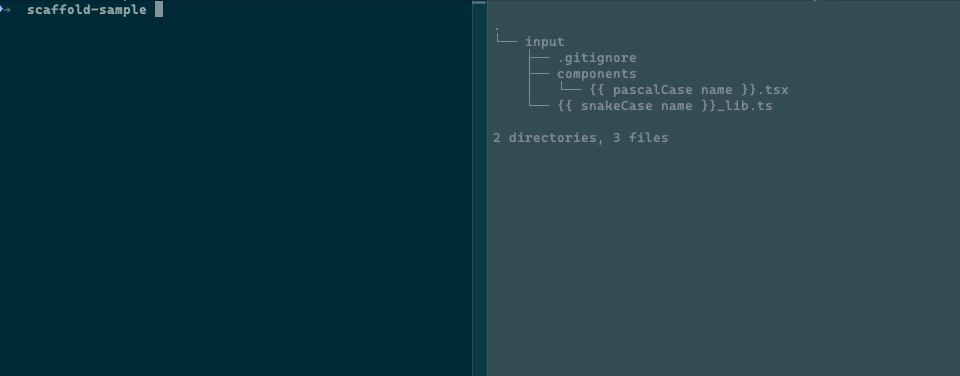Simple Scaffold
Generate any file structure - from single components to entire app boilerplates, with a single command.

Easy to Use
Generate anything from a simple component to an entire app boilerplate - you decide! Put dynamic data in your templates to quickly generate skeletons, formatted data dumps, or repetitive code - and immediately get to coding!
Use It Anywhere, For Anything
Whether you need files specific to your project or commonly used templates - you can use them both locally or use Git to share them with your team. Spackle on some one-time-use data, and run one command.
Handlebars Support
Did you think you stop at some static data? Generate entire mapped lists of items, pre-parse information, fake data, and more - you can attach any function or any data to your templates. Handlebars will parse it all and generate the files you need.